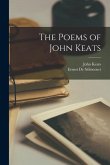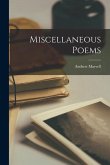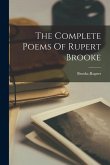Produktdetails
- Verlag: Creative Media Partners, LLC
- Seitenzahl: 688
- Erscheinungstermin: 27. Oktober 2022
- Englisch
- Abmessung: 234mm x 156mm x 35mm
- Gewicht: 948g
- ISBN-13: 9781016090957
- ISBN-10: 1016090951
- Artikelnr.: 66822936
Hinweis: Dieser Artikel kann nur an eine deutsche Lieferadresse ausgeliefert werden.
- Herstellerkennzeichnung
- Libri GmbH
- Europaallee 1
- 36244 Bad Hersfeld
- gpsr@libri.de








